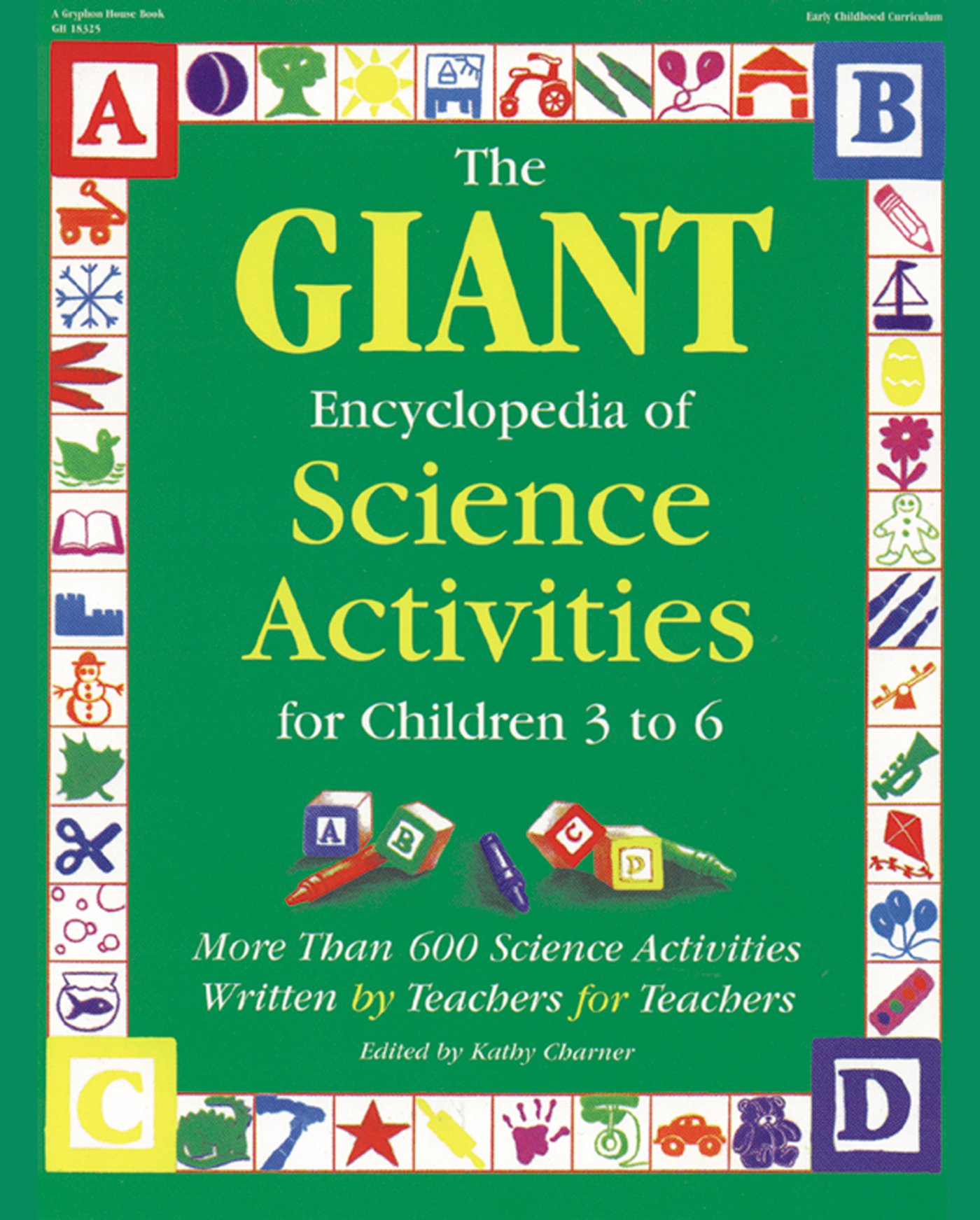Materials
8 1/2 " x 11" (21 cm x 27.5 cm) drawing paper Picture of a tree trunk
Tempera paints Paper cups
Small sponges, cut from a large sponge into 2" x 3" (5 cm x 7.5 cm) pieces
Crayons or felt-tipped markers
Pencils
Scissors
Stapler
Optional: pink or white tissue paper cut into 2" (5 cm) squares, white glue
Instructions
1. To make the tree trunk pattern, fold a sheet of paper into fourths, and paste the outline of a tree trunk in each of the four sections. Leave enough space in each section so the children can add branches to the trunks. Draw lines between each of the four sections. Under each tree trunk write one of the four seasons: fall, winter, spring or summer. Duplicate the sheet of four trees for each child.
2. Read to the children a book about trees and their changes throughout the seasons. Discuss the changes with the class. Go outside and look at real trees.
3. Let the children cut on the lines so that they have four pages. Help those children who need it.
4. Complete the pages as follows: For fall, sponge paint fall colors onto the tree above the trunk. For winter, color the tree trunk and add bare branches. For the spring tree, use pastel colors to make blossoms on the tree or use tissue paper to make small flowers to glue onto the tree branches. For summer, paint or color green leaves on the tree.
5. After the pages dry, staple them together to make tree books.
6. Read aloud with the children the words under their trees.More to doMore science: Plan a field trip to look at seasonal trees in a park, or take a walk in the neighborhood.
